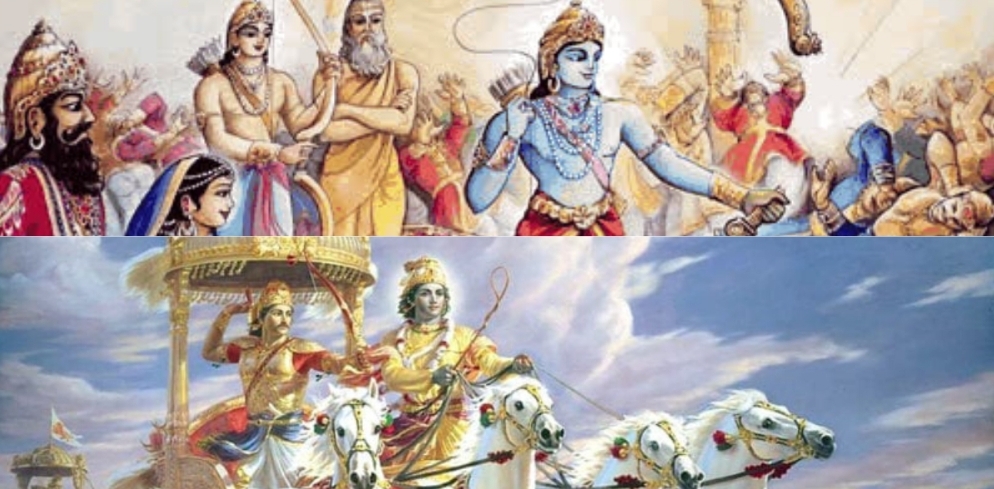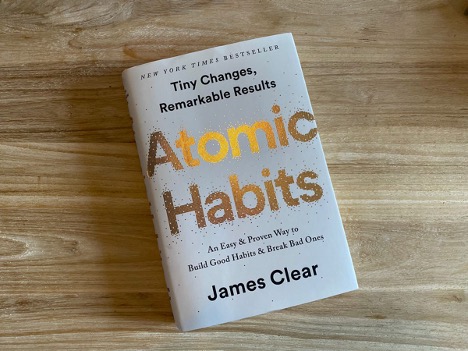The streets became empty again. All family members packed in one room, in front of the television. Certainly, Ram and Krishna were coming back on the television and along with them it was the pleasant memories of theirs that were coming back. The COVID-19 lockdown provided a chance to many boomers and millennials to revisit their past when Prasar Bharti announced the re- telecast of Ramanand Sagar’s Ramayan and B.R. Chopra’s Mahabharat on Doordarshan channel. It also provided an opportunity for the Generation Z, who were largely detached from their historical roots, to witness that historical era of the Bharatvarsh which some propagandist historians refer to as mythology. It became a way for the youngsters to acknowledge the divinity of an ordinary man. They were moved so much so that we found the social media flooded with youngsters singing the melodious songs of both the serials in their own voice. The title song of both the shows, songs like ‘hum katha sunate Ram sakal gundham ki…’ became a hit among the young generation people. Ram and Sita became symbols of true and pure love for Gen Z. The dialogues, specially that of Lakshman, Ravan and Hanuman became popular. The people got inspired so much so that they started imitating these legends. The crying of girls when Sita cried, the crying of boys when Ram was in pain, the happiness when Ram and Sita met, all suggests that be it a person of any generation, he/she had developed an emotional cord with the epics.
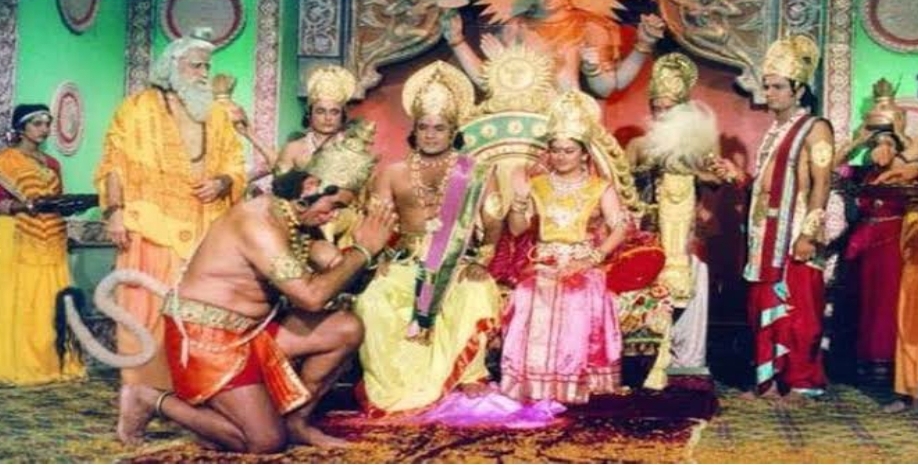
The main purpose, that was the reinstallation of faith, care and love inside people was achieved after these shows came back. But besides emotion there was another reason for the re-telecast of these shows and that was to provide aid to the Doordarshan channel.
The repeat telecast of Ramayana and Mahabharat on the television did not only keep the audiences entertained, but these shows were also attracting attention from the advertisers. For advertisers, it is all about viewership and since the re-launch of both the shows namely Ramayan and Mahabharat the viewers were glued to TV sets. Even in week 15, that is week starting April 11, these historical shows became the main source of entertainment among Hindi GECs (general entertainment channels).
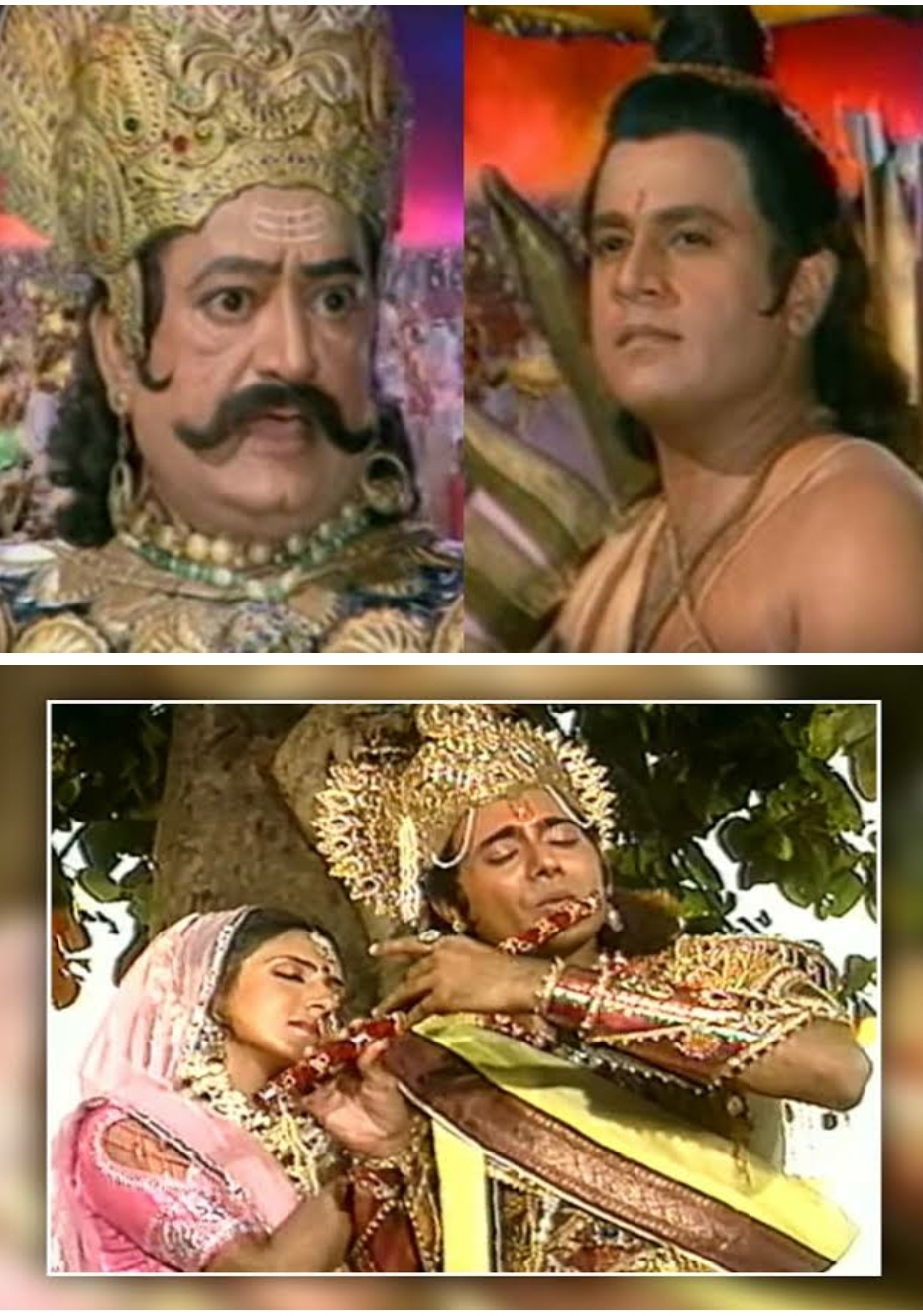
Shows in this category recorded a 109 billion viewing minutes and as many as 353 million viewers watched shows belonging to this category, according to BARC data that were released on April 23. Time spent on such shows had been increasing throughout. In week 15, time spent on historical shows increased by 43 percent as compared to that of the previous weeks.
Amid historical shows, Ramayan and Mahabharat were major contributors. So, viewership was high and that was enough for advertisers to get interested in content belonging to this genre. This is the reason why both Ramayan and Mahabharat saw an increase in Free Commercial Time (FCT) in week 15. Free commercial time can be defined as the amount of secondage bought on a channel. The advertiser count on Ramayan and Mahabharat saw a 14x and 12x increase respectively after their repeat telecast. Daily FCT was hovering around 1900 to 2000 seconds across both programmes that were re-telecasted.
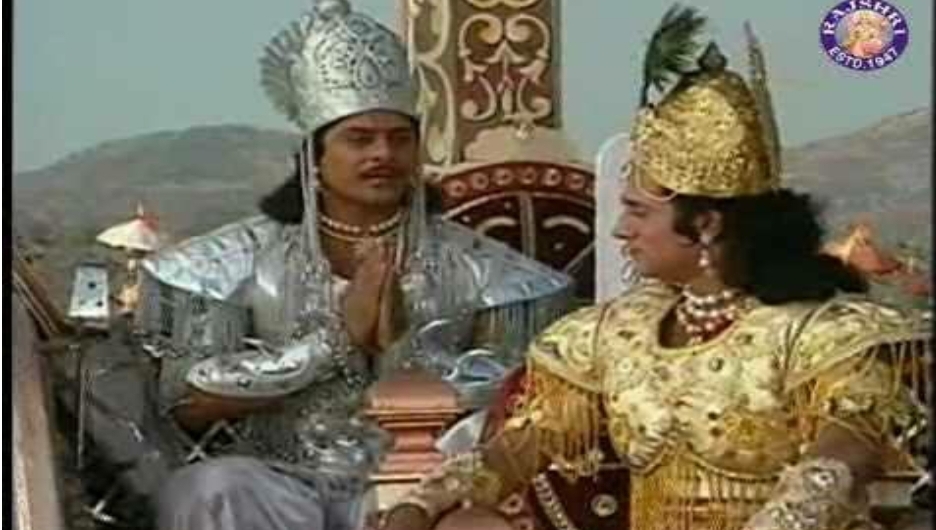
“Ramayan and Mahabharat have seen more advertisers in week 15 this is because the market saw change in viewing habits and rushed to these shows. Both the shows have managed to add up inventory,” said Sunil Lulla, BARC CEO, during the webinar titled ‘Deep Dive into content and advertising consumption during COVID. If we look at ad volume content by genre, GECs are sustaining the FCT levels with ad volumes staying steady in last two weeks, and ad inventory increasing on shows like Ramayan and Mahabharat could be a major contributor that has helped GECs maintain FCT level at 49 lakhs in week 14 and week 15.
It is clear from above stated facts that be it emotional or economical, the repeat telecast of both the historical shows have proved to be successful. Eying to this success other channels namely Star plus, Colours and others repeated the telecast of these shows to keep their channels alive in this pandemic period which otherwise would got have closed as the daily sops were not being aired.
BY KIRTI KASHYAP ‘TAIJAS’
Sources:

